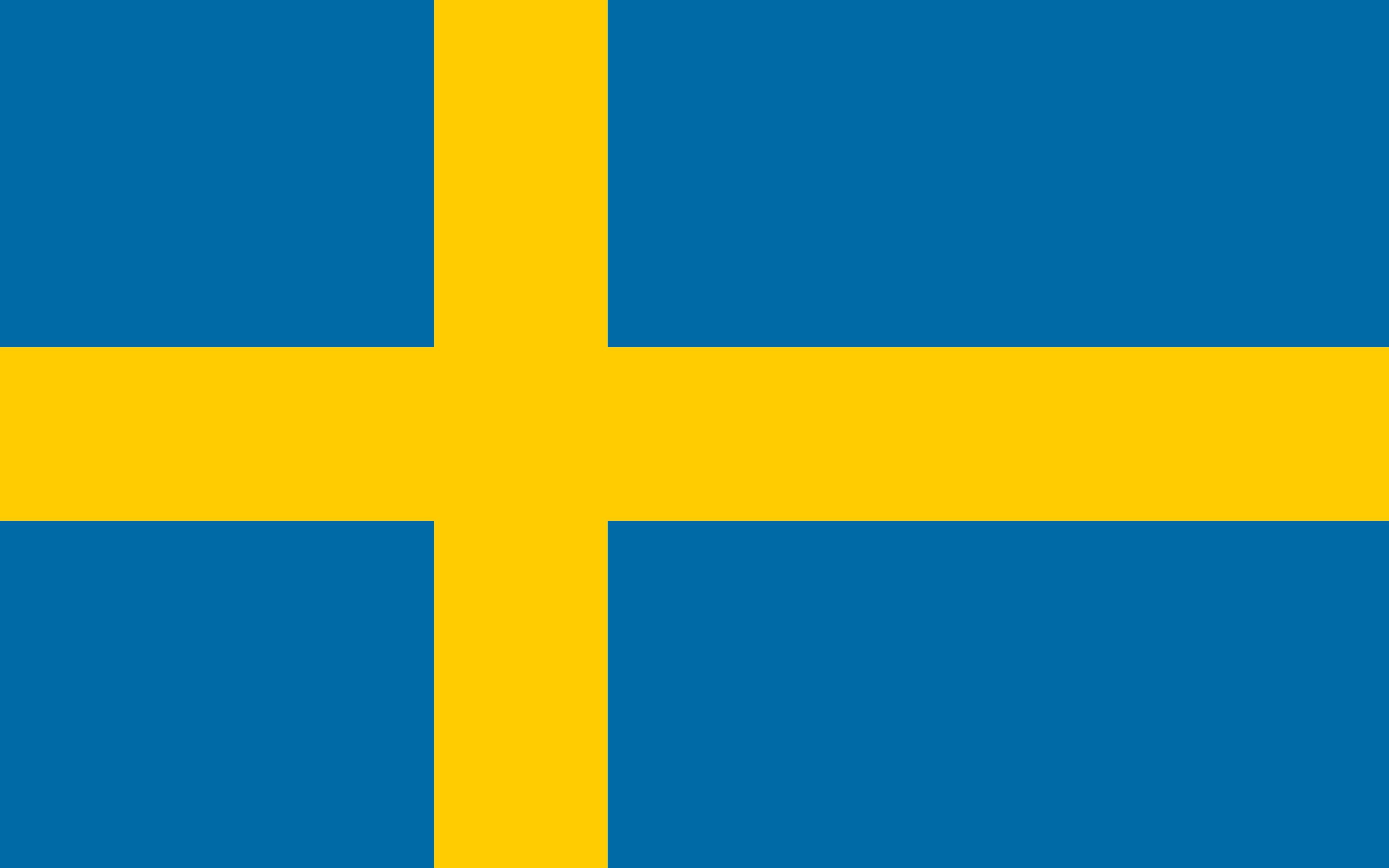Wine Guide
Castiglione del Bosco
Castiglione del Bosco is one sexy vineyard. Set in a UNESCO World Heritage Site, owned by Massimo Ferragamo (yes, as in that Ferragamo) and part of the prestigious Rosewood hotel group,
if you ever had to describe how a Tuscan vineyard should look, you’d probably be describing
Castiglione del Bosco.
One of the original famous five super-Tuscans
But luxury credentials aside, Castiglione del Bosco is first and foremost a winery and a jolly
good one at that. Located in the northwest of Montalcino, the winery is one of the oldest in
Tuscany, although one of the least commercial. In fact, despite its very rich winemaking
history, it only started producing wines in the 1950s. The estate also became one of the
founding fathers of the Consorzio del Vino Brunello di Montalcino - the governing body that
regulates and controls the quality of Brunello production - in 1967. An enormous 2,000-hectares
in total, “just” 62 of these are given over to (organically farmed) vineyards, planted
exclusively with Sangiovese. Blending is overseen by cellar master extraordinaire Nicolo
D’Afflitto and locally trained oenologist Cecilia Leoneschi. Under their careful direction,
Castiglione del Bosco has begun to attract critical attention that far belies its seductive
credentials; it has become a winery worth reckoning with.
But what about the wine?
With so many hectares of vineyard, Castiglione del Bosco unsurprisingly produce quite a few
wines: namely four reds and one white, and their San Michele. Concentrating here on the
Consorzio del Vino Brunello di Monatalcino - a five-star wine from James Suckling (and only the
seventh five star since 1990), he called the 2012 “precise and beautiful” for a stunning 96
points. Surprisingly good value for money, this could be a welcome addition to any wine
inverstor’s portfolio. The limited edition 2010 Zodiac Monkey has held its price at a steady
€500 or so per bottle, but collectors and investors take note: this is an incredibly hard bottle
to find, so if you can find one, the scarcity is bound to reflect the wine’s secondary market
retail value.
